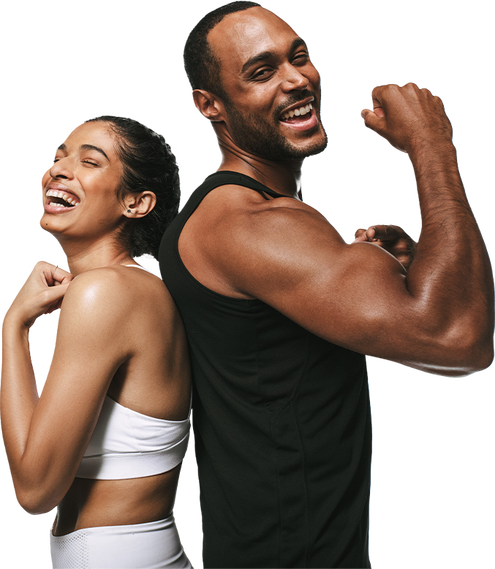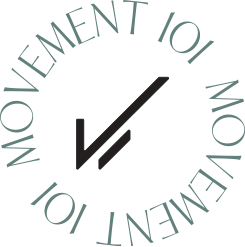|
The Achilles tendon runs behind the ankle, it connects the calf muscles to the heel bone. A common condition that affects this structure is called achilles tendinopathy (achilles tendinitis, achilles tendinosis), which refers to any pathology associated with this tendon. Pain is usually localized to the mid part of the tendon or its attachment to the heel bone. Patients often complain of pain and stiffness in the mornings or after prolonged periods of rest, generally it improves once they are warmed up and get moving. Physical activity/sport can further aggravate their symptoms and the pain can get worse 24-48 hours after exercise. There may or may not be swelling and thickening of the tendon, but pressing it will hurt. The Achilles tendon is used when you stand on your tippy toes, walk, run, jump or climb stairs so you will most likely find all these activities painful.
What’s the cause? There are many factors that could increase the risk of getting achilles tendinopathy such as age, leg muscle weakness, ankle instability, poor foot mechanics, bad footwear, certain drug use and metabolic diseases. We are still unsure about the actual cause of tendinopathy but we know that it occurs when the tendon cannot withstand or adapt to the excessive loads placed on it. This can be from too much repetitive stress and not enough time for the tendon to repair which causes inflammation or degeneration of tendon structure. What can I do? What are the treatment options? We know that tendons need to be loaded so effectively managing load is crucial for recovery. Relative rest may help initially to offload the tendon and improve pain. Braces, taping, orthotics/ heel lifts, correcting footwear, changing training surfaces and cutting down training loads will also help to manage symptoms in the short term. Acute management may also include a combination of treatment modalities such as joint mobilisations, massage, stretching in conjunction with an exercise based intervention. The use of corticosteroid injections is controversial due to conflicting studies. Although they can provide some temporary pain relief, there is no long term benefit. Additionally, there can be some adverse effects including weakening of the tendon and possible rupture. Exercise - there is substantial evidence that shows exercise provides significant improvement in pain and function for those with Achilles tendinopathy. Traditionally, a 12 week eccentric loading program was the accepted form of treatment however research is now suggesting isometric exercises, heavy slow resistance training and combined loading programs yield positive outcomes for this condition. How long will it take to recover? Depending on what stage the tendon injury is in. If identified early, modifying training loads may allow the tendon to adapt and recover more quickly. This can take weeks to months taking into account the time required to properly rehab and progressively increase training loads to meet the patients physical demands. In the later stages, it can take up to 6 months or even longer, especially when symptoms are severe and the condition has persisted for a long time. Some helpful exercises for Achilles tendinopathy: Isometrics: Isometric calf holds have been shown to produce some pain relieving effects as well as maintain some muscle strength. These can be done in a few positions, try to hold for 30-45 second, repeat 5s, at least 3x/daily.
Seated calf raises:
Sit on a chair or bench and start with the feet on the floor about hip distance apart. Lift the heels as high as possible and then slowly lower the heels back down to the ground. Repeat 20 times, three times daily. If this is too easy, you can add a weight on top of the legs and adjust the repetitions accordingly.
Standing calf raises:
Stand with the feet hip width apart, you can use a table or chair to help you balance. Lift the heels up slowly for 3 seconds, lower down slowly for 3 seconds. Try to complete 20-25 reps for 3 sets, at least 2-3x/week. Once you are able to do that quite well, you want to increase 10%-15% body weight and continue progressing the weights incrementally each week. Comments are closed.
|
AuthorWrite something about yourself. No need to be fancy, just an overview. Archives
April 2024
Categories |
|
|
|


 RSS Feed
RSS Feed









